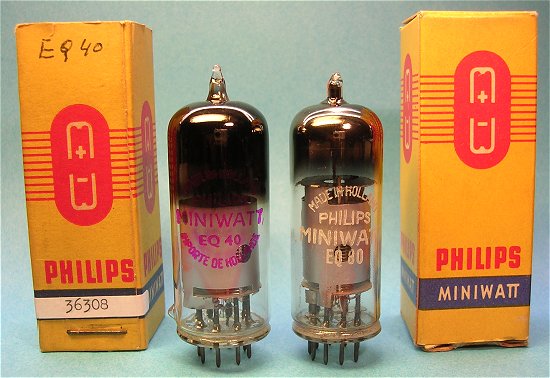|
Contents:
|

|
|
Contents:
|

|

Figure 1.1 Edward George “Taffy” Bowen.
| to top of page | back to homepage |
With the invention of television, or “Televisor” as he called it, by the Scotchman John Logie Baird in 1922, Britain was destined to play a leading role in the development of this new medium [32]. Baird’s system was mechanical, and the bandwidth of the video signal was low enough to allow transmission via a radio channel. Despite its many imperfections and poor image quality, Baird tirelessly promoted and demonstrated his system and finally in 1930 went into production. At about the same time Zworykin at the Westinghous Laboratories (USA) and Shoenberg at EMI (Electric and Music Industries) developed a more promising television system based on cathode ray tubes and an electronic scanning camera. The BBC started with very limited broadcasts with the Baird system in 1932. In 1936, they began the world’s first regular television broadcasts of just 2 hours a day from Alexandra Palace in London. During a trial period, these transmissions alternated between the EMI and Baird systems, and sets had to be able to receive both. Finally, in 1937 the BBC decided for EMI’s superior 405 lines system.
Considering the very broad range of topics which were addressed at the Philips Research laboratory, it is remarkable that serious research into television did not start until the course of 1935. A definite factor in this undoubtedly was the negative attitude of the director of research at Philips - Gilles Holst - towards the new medium. Philips was founded on 1891 by Gerard Philips. Philips flourished, and within ten years it became Europe’s largest light-bulb manufacturer under the leadership of Gerard and his younger brother Anton. Around 1910 General Electric introduces two innovations: ductile “pulled” tungsten filaments and gas filed light-bulbs. The engineers in Eindhoven are completely taken by surprise, and Philips is forced to buy the necessary patent licenses. Gerard and Anton realize that the innovations from General Electric were the result of fundamental physical research. The brothers recognize that for the future of the company it is vital that Philips embarks on its own fundamental research program. In 1914, a few years before the firm’s twenty fifth anniversary Philips Research is founded headed by the young to become one of the leading industrial laboratories in the world. It carried out research in many areas of applied and fundamental research resulting in innovations such as the pentode, fluorescent lighting, ferroxcube, LOCOS, IIL, and the compact-disk.
Television was not the first innovation which was taken up rather slowly by Philips. Some fifteen years earlier is was Gerard Philips himself who was very reluctant to take up the production of radio-tubes, because he thought it was a plaything for the military. However, when public broadcasting finally took of, Philips quickly changed gears and quickly became one of the largest radio tube manufacturers in the world. It was also not until 1926 that Philips produced its first and highly successful radio set. So now it was television which was regarded cautiousness and reticence.
| to top of page | back to homepage |
The following people are gratefully acknowledged for their contributions: Ir. Klaas Rodenhuis;
| to top of page | back to homepage |